01Sep
Maximising grass grub control in new pasture
Words supplied by Nufarm.
Protecting spring sown pasture from grass grub assumes new importance this season, following research findings reported late last year. The AgResearch-led study estimated grass grub damage costs irrigated Canterbury dairy farmers $1.8 million a year in dry matter yield loss, highlighting potentially significant economic gains from better pest control.
AgResearch scientist Dr Sue Zydenbos presented the work at the Grasslands conference in Napier late 2019.
It modelled data and pasture measurements over three years to quantify the scale and cost of the yield gap between pastures affected by grass grub, and those which were not. The yield gap was calculated at 6800 kg DM/ha, modelled at an annual profit loss of $650/ha.
Twenty three farmers with irrigated dairy properties were surveyed as part of the project, to assess the wider impacts of grass grub, and their feedback was combined with econometric modelling to reach the estimated cost of grass grub on such properties in Canterbury.
Nufarm territory manager Jeff Hurst says the important difference between this latest research, and previous studies, was that it reflected the significant change in Canterbury land use systems over recent years.“Earlier research on the effect of grass grub was conducted on dryland sheep and beef farms. There are many differences in how and when we sow new pastures on irrigated dairy farms today, as well as changing patterns of grass grub prevalence.”
With many farmers poised to start spring sowing new pastures soon, he’s encouraging them to take heed of the humble grass grub and its not so humble implications before the drill goes into the paddock. This is particularly important where grass grub populations were high this past autumn.
“If you refer to the yield gap calculated by the AgResearch team, the impact becomes clear – a lot of farmers on irrigated dairy land in Canterbury would be looking to grow 20 tonne DM/ha/year, so losing 6800 kg DM/ha/year would be a third of total production. “That becomes significant at a whole farm level pretty quickly.”
Complicating the situation is that grass grub larvae can be present in the soil from autumn through to the end of winter, meaning it is almost impossible to predict timing or length of feeding. Short term protection products are unable to cover the whole risk period except via a programme of multiple applications.
By contrast, suSCon® Green remains the only controlled-release formulation of its type for grass grubs, giving up to three years’ control if conditions are right. The tiny green polymer granule, which is drilled down the spout with the seed, is impregnated with chlorpyrifos which is control-released into the surrounding soil. The released chlorpyrifos degrades in the soil, but is constantly replenished from the granule for the duration of its active life. That means reduced environmental impact, a less hazardous formulation, low toxicity to earthworms and a granule that is free flowing and dust free.
Jeff says for best results, suSCon® Green should be drilled at 15 kg/ha in the same furrow with the seed at 15cm row spacings. “It’s really important to have sufficient granules per metre along the seed row.” Drilling into sprayed out pasture or bare ground is also key, because it forces grass grub to move into the drill row to feed, and thus ingest the chlorpyrifos released by suSCon® Green granules.
Likewise, Jeff has good tips about what to avoid when using it. “Don’t roller drill or cross drill at 7.5kg/ha each way – there will be insufficient granules along the row, and not enough chlorpyrifos in seed row to kill grass grub.” Seed and granules should not be sown in different rows, nor should seed and granules, or granules alone, be undersown into unsprayed pasture.
For more advice on new pasture and protecting new-sown pasture from grass grub this season, contact your Ruralco representative today.
Related
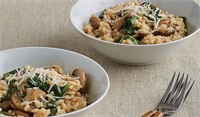
From pressure cooking to slow cooking, sautéing to yoghurt making, the Instant Pot Duo Plus is your ...
Read More
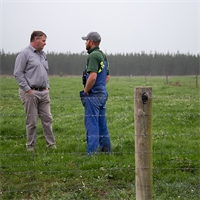
The autumn period has again produced a consistent spell of warmer weather and with a steady stream o...
Read More
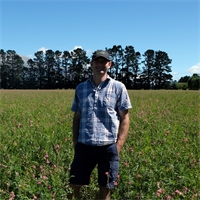
Newly appointed Ruralco Director Andrew Barlass has spent the last few years returning to his roots,...
Read More
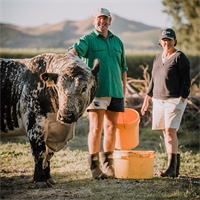
Surrounded by dairy farms in Culverden, Robbie and Anna Clark could be forgiven for feeling under si...
Read More
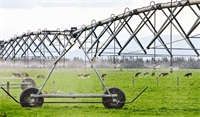
There’s a convenient, cost-effective way to keep your nitrogen investment in the ground for plant u...
Read More
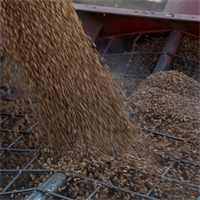
Spring has once again delivered a variety of weather conditions after a warmer than usual August and...
Read More